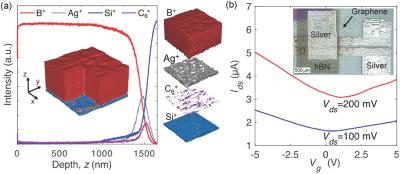Redmi K50 e-sports version sports an advanced graphene-based cooling system
Graphene-based cooling systems are becoming quite popular in today's cellphones, with many companies using it in their models. A few examples are: realme's GT 2 series, ZTE's Axon 30, Xiaomi's Mi 10 Ultra, various Huawei phones and more.

Now, it seems that Redmi's K50 e-sports has joined this team, with a recent disassembly test that found that its heat dissipation system makes use of graphene films. The test also reported 3D high-power graphite, large-area double VC, and heat dissipation copper sheet + boron nitride.



